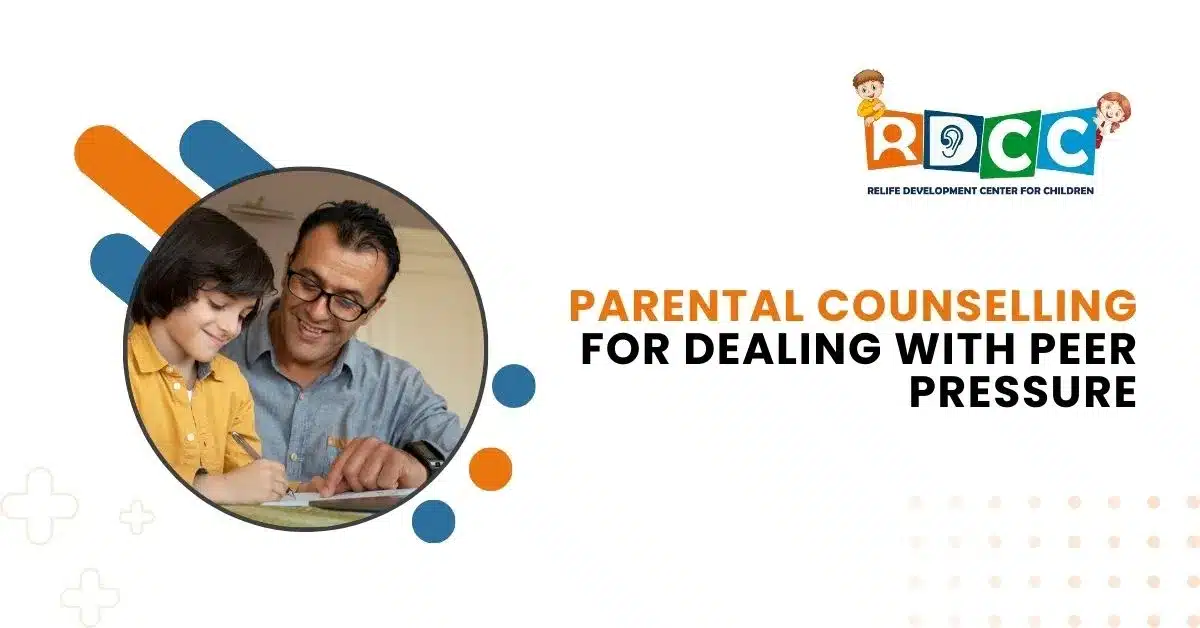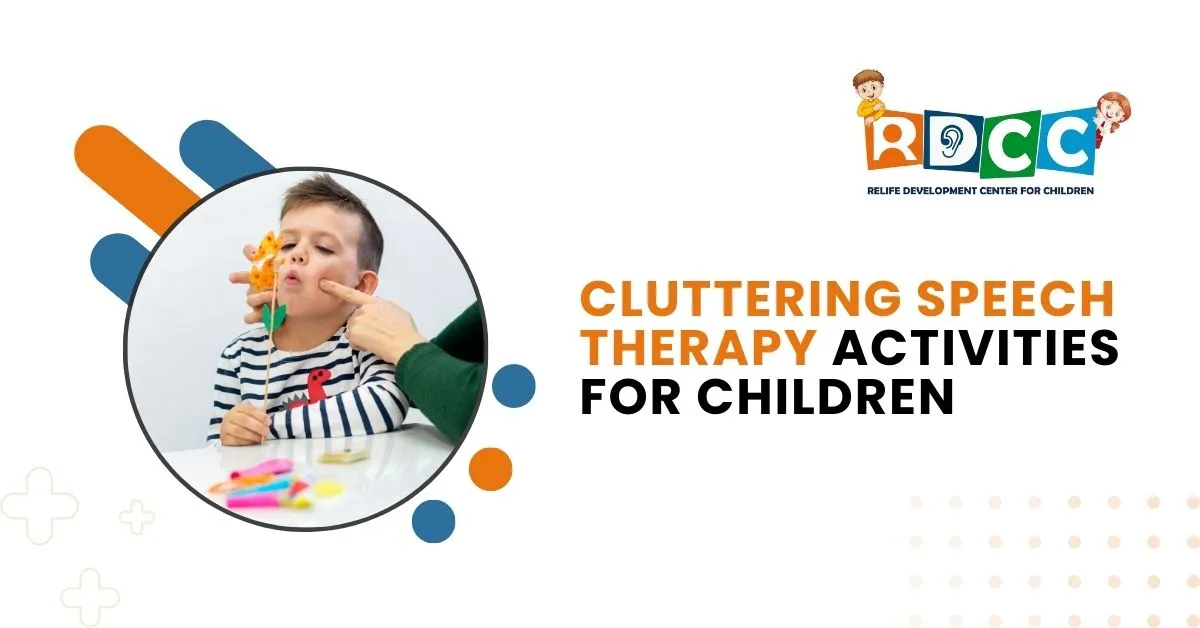
At RDCC Healthcare, Vadodara’s Leading Child Development Centre, we recognize the profound impact of Play Therapy for Children with Autism. Play Therapy offers a Dynamic and Engaging Approach to help children develop Essential Skills, Express Themselves, and Improve Social Interactions. This Guide Explores Effective Activities and Techniques Used in Play Therapy for Autism.
What is Play Therapy for Autism?
Play Therapy is a Therapeutic Approach that uses play as a medium for children to express their Thoughts, Feelings, and Experiences. For Children with Autism, who may struggle with Traditional Communication Methods, Play Therapy offers a non-verbal way to Explore Emotions, Improve Social Skills, and Develop Coping Strategies.
Activities in Play Therapy
Sensory Play: Engaging Children in Sensory Activities, such as Sand Play, Water Play, or Playdough, helps Improve Sensory Integration and can be calming for Children with Autism. These Activities encourage Exploration and can help in managing Sensory Sensitivities.
Role-Playing Games: Role-playing allows children to act out various scenarios and practice social skills in a safe environment. Through pretend play, children can learn about emotions, social interactions, and problem-solving.
Structured Play: Activities like puzzles, building blocks, and board games offer structured play opportunities that can enhance cognitive skills, focus, and turn-taking.
Creative Arts: Drawing, painting, and crafting are excellent ways for children to express themselves creatively. These activities can help improve fine motor skills and provide an outlet for emotional expression.
Techniques in Play Therapy
Modeling: Therapists model appropriate social behaviors and communication skills during play to help children learn through imitation.
Positive Reinforcement: Using rewards and praise to reinforce desirable behaviors encourages children to practice and develop new skills.
Emotion Coaching: Helping children identify and name their emotions during play supports emotional understanding and regulation.
Frequently Asked Questions
What is Play Therapy for Autism?
Play Therapy for Autism uses play as a tool to help children with Autism express emotions, improve social skills, and enhance communication through engaging activities.
How Does Play Therapy Help Children with Autism?
Play Therapy helps by providing a non-verbal medium for expression, enhancing sensory integration, improving social interactions, and developing coping strategies in a supportive environment.
What Types of Activities are Used in Play Therapy for Autism?
Activities include sensory play (like sand and water play), role-playing games, structured play with puzzles and blocks, and creative arts such as drawing and painting.
What Techniques Are Used in Play Therapy?
Techniques include modeling appropriate behaviors, positive reinforcement with rewards and praise, and emotion coaching to help children understand and manage their feelings.
How can Play Therapy Benefit my Child with Autism?
Play Therapy benefits children by enhancing their communication skills, social interactions, cognitive abilities, and emotional expression, all within a playful and supportive setting.
Conclusion
Play Therapy offers Valuable Benefits for Children with Autism by providing a Playful, Supportive Environment where they can develop Essential Skills and Express Themselves. At RDCC Healthcare, Our Experienced Therapists use Various Play Therapy Techniques to Support your Child’s Development and Well-being. Contact Us Today to Learn More About How Play Therapy Can Benefit Your Child with Autism.




